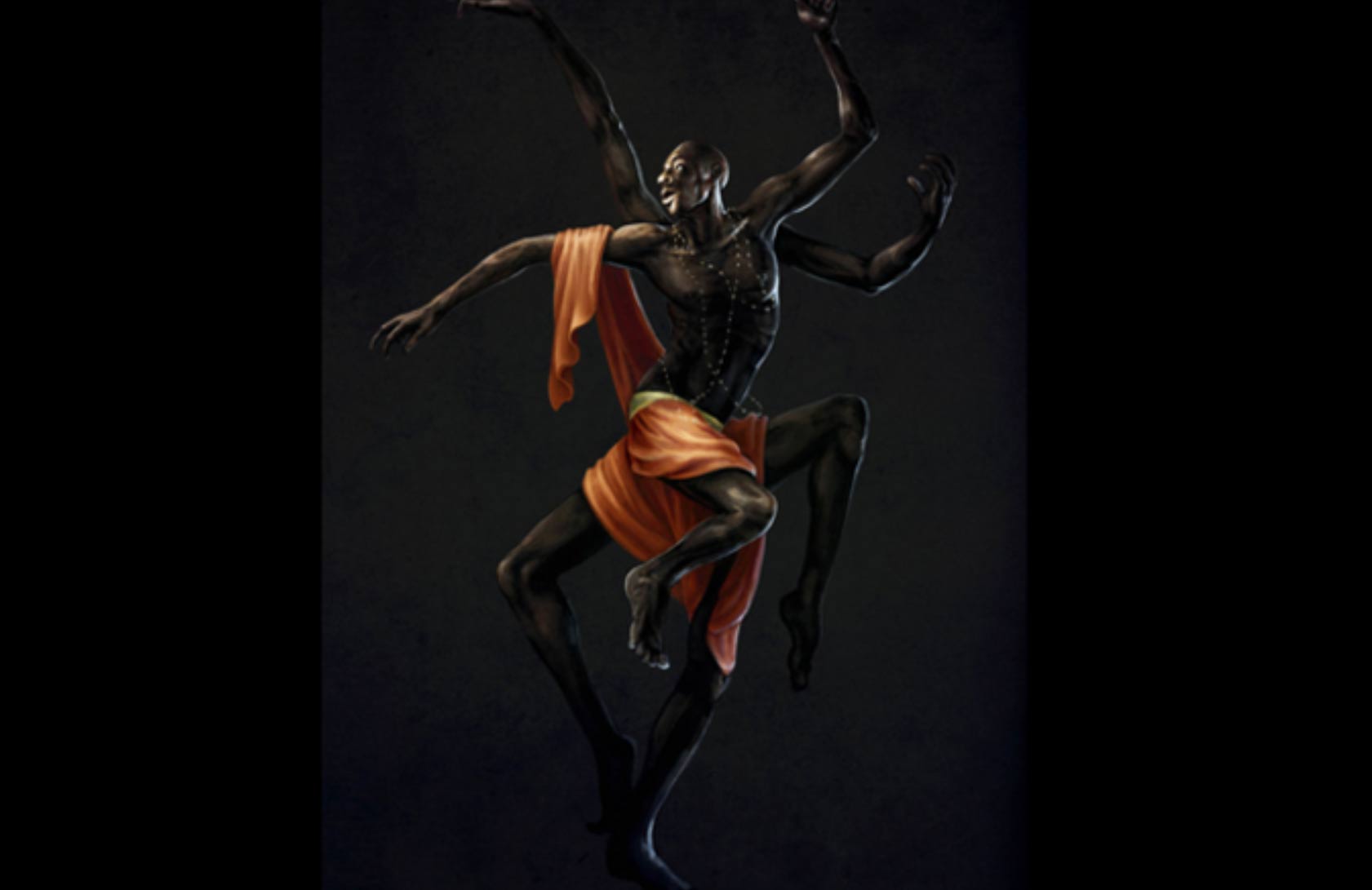Pioneered by women from the Owerri and Calabar provinces of south-eastern Nigeria, the “Women’s War” in Igbo history or the “Aba Women’s Riots of 1929” in British colonial historywas an immense rejoinder to the oppressive and repressive administration of the British colonial administrators in south-eastern Nigeria. This riot became one of the meanest challenge against British rule in the colony and an epochal case of feminist thought and tendencies as well as anti-colonial revolt.
The seed of indirect rule was sown into Southern Nigeria as early as 1914. This system ensured that foreign administrators ruled through warrant chiefs, Igbo individuals elected by the governor, who now replaced traditional Igbo chiefs. In an instant, the warrant chiefs started to revel in their self-importance and grandiosity, becoming unbearable despotic: they imposed detrimental policies and levies, seized properties, enforced drastic regulations and imprisoned anyone who dared to criticize them.
To add insult to injury, acting under the influence of the district officer, warrant chiefs concocted to impose taxes on women, too. These women were petty traders who traded palm oil in the main; at their leisure, they gossiped about things as trifle as children’s clothingand marital arrangements to dire matters as the increasingly stifling system. It was not therefore a devil of the job for the news of the impending taxation to spread like wildfire. Perturbed and critical about this new development, the women reached a consensus that they would rather die than have the colonial administrators and their puppets cut the supply of food and goods available to the populace and inevitably drive them out business through heavy taxations.

At the crack of dawn, in November 1929, the women gathered at the Native Administration in Calabar and Owerri as well as other smaller towns to protest against the tyranny of the warrant chiefs and the heavy taxations. Throughout these protests, they employed the traditional practice of “sitting on a man”, a practice of singing and dancing in order to ridicule their target―usually a man. The women traversed the lengths and breadths of the houses of warrant chiefs both day and night: chanting, dancing, singing, calling and swearing; ensuring that some of the warrant chiefs had to resign their position.
Furthermore, the women ransacked banks and broke prisoners out. They attacked European controlled stores and native courts that were run by colonial officials. They rebelled, rioted and revolted; ousting chiefs and burning to ground courts. The protest which started as a molehill had defused into a mountain and the European officers were put in a precarious position, about to totally lose face back in their native England at the irony of the fact that women were leading a revolution against British imperialism from the "forest" that was Africa.
In order to nip this development in the bud, colonial police were summoned and on a certain morning of 17th December, when the women had gathered and the crowd was raucous, trouble broke out. The women, now the voice of the people and in fact performing a social function which is being the consciousness of their people, kept making gestures andthreats towards the troops. The crowd of women was getting rowdier and rowdier and demands intercepted requests. At last, it was believed that a stick struck the district officer who then ordered that shots be fired at the unarmed women. The leader of the women pack was struck in the head with a revolver and two volleys were fired into the crowd. The crowd quickly dispersed but not after about thirty-two women were dead and about a thirty others wounded.
This uproar continued for months to come. So much so that the colonial authorities had to impose curfews, patrols and adopt means of pacifications. At the end, the Aba Women’s Riotprovoked the colonial authorities to drop their taxation plans on women and reneged their power delegations to warrant chiefs. It also assuaged the hold of oppressive and domineering systems in the Igbo homeland by colonial powers. As a result, the women’s uprising is seen as one of the earliest reordering of the cultural dynamic and gender build as well as the first key response to British colonial authority in West Africa during the colonial period.
Finally, this conquest informs the notion of the woman as a creator, a warrior, a winner, and a life source who is saddled with the necessary task of nurturing society. No wonder Catherine Acholonu believes that a woman should be seen as a mother as a result of seven quintessential qualities: a woman as a wife, daughter, sister, queen, priestess, goddess and husband. Indubitably, women, as the Aba Riot of 1929 reveals, have always been and always will be in charge of nature and nurture, they are committed to the survival of entire people and indeed the survival of the earth.
References
Evans, M. (2009, March 27) Aba Women’s Riots (November-December 1929). Retrieved from https://www.blackpast.org/global-african-history/aba-womens-riots-november-december-1929/
Riot or Rebellion? The Women's Market Rebellion of 1929. Retrieved from https://www.historians.org/teaching-and-learning/teaching-resources-for-historians/teaching-and-learning-in-the-digital-age/through-the-lens-of-history-biafra-nigeria-the-west-and-the-world/the-colonial-and-pre-colonial-eras-in-nigeria/the-womens-market-rebellion-of-1929

We appreciate your contribution.
Join the Oriire Community
Become a free member to get the monthly roundup, unlock more challenges, comment on articles and bookmark your favourites




















Share
0 Comments